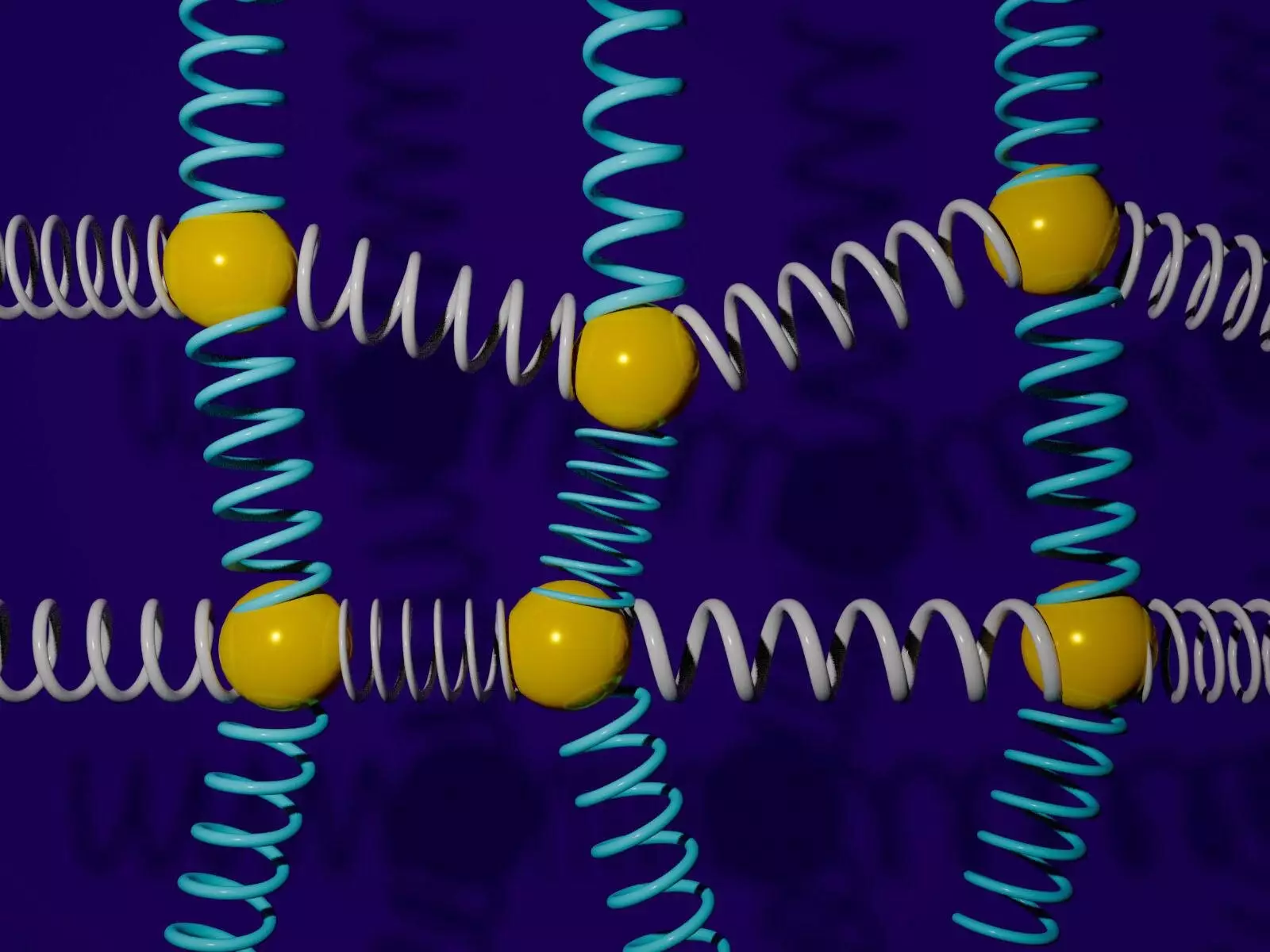The concept of “coupled oscillations” may not be something that immediately comes to mind, but it plays a crucial role in various aspects of nature. From mechanical systems like bridges to the bonds between atoms, coupled harmonic oscillators are prevalent in multiple fields of science and engineering. The complexity of these systems increases as more oscillators are added, making them a fascinating subject of study.
Recently, a new quantum algorithm created in collaboration with Pacific Northwest National Laboratory (PNNL), University of Toronto, Google Quantum AI, and Macquarie University has revolutionized the simulation of coupled oscillatory systems. This algorithm, developed by Professor Nathan Wiebe, allows for faster and more efficient simulations on quantum computers.
Mapping Dynamics to Schrödinger Equation
The key to the exponential advantage of this new algorithm lies in mapping the dynamics of coupled oscillators to a Schrödinger equation. By doing so, the system can be simulated using Hamiltonian methods, requiring far fewer quantum bits than traditional methods. This breakthrough paves the way for simulating complex systems with exponentially fewer operations.
Exponential Speedup
One of the most intriguing aspects of this research is the potential exponential speedup it offers over ordinary algorithms. By demonstrating that coupled harmonic oscillators can simulate a quantum computer, the researchers have shown the computational power hidden within interacting masses and springs. This challenges the notion of quantum computers being no more powerful than classical computers.
The work done by Wiebe and his team not only provides evidence of an exponential speedup but also establishes a unique link between quantum dynamics and harmonic oscillators. This connection sheds light on the subtle relationship between classical and quantum systems, offering new possibilities for future research and advancements in the field.
The research on coupled oscillations has the potential to revolutionize how we approach simulations in science and engineering. By leveraging the power of quantum computers and innovative algorithms, researchers can gain deeper insights into complex systems and push the boundaries of computational efficiency. The work done by Professor Nathan Wiebe and his collaborators marks a significant step forward in understanding the dynamics of coupled harmonic oscillators and their implications for a wide range of scientific disciplines.


Leave a Reply